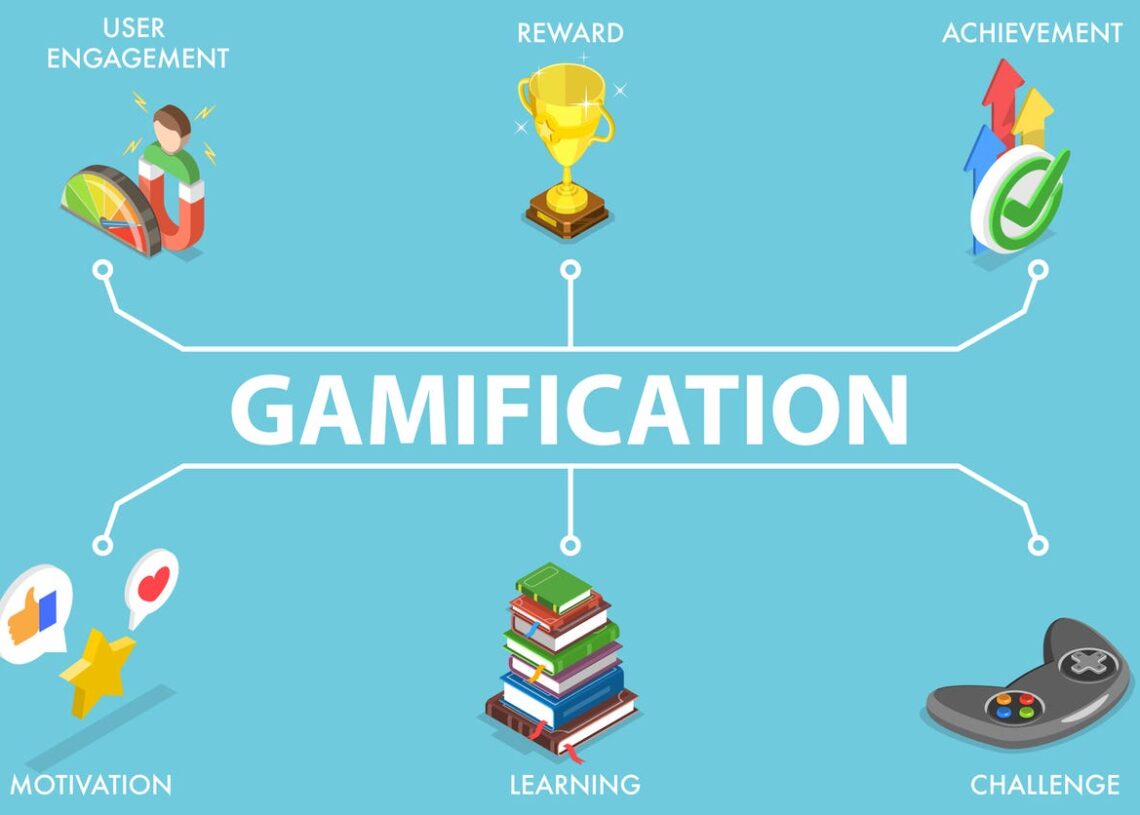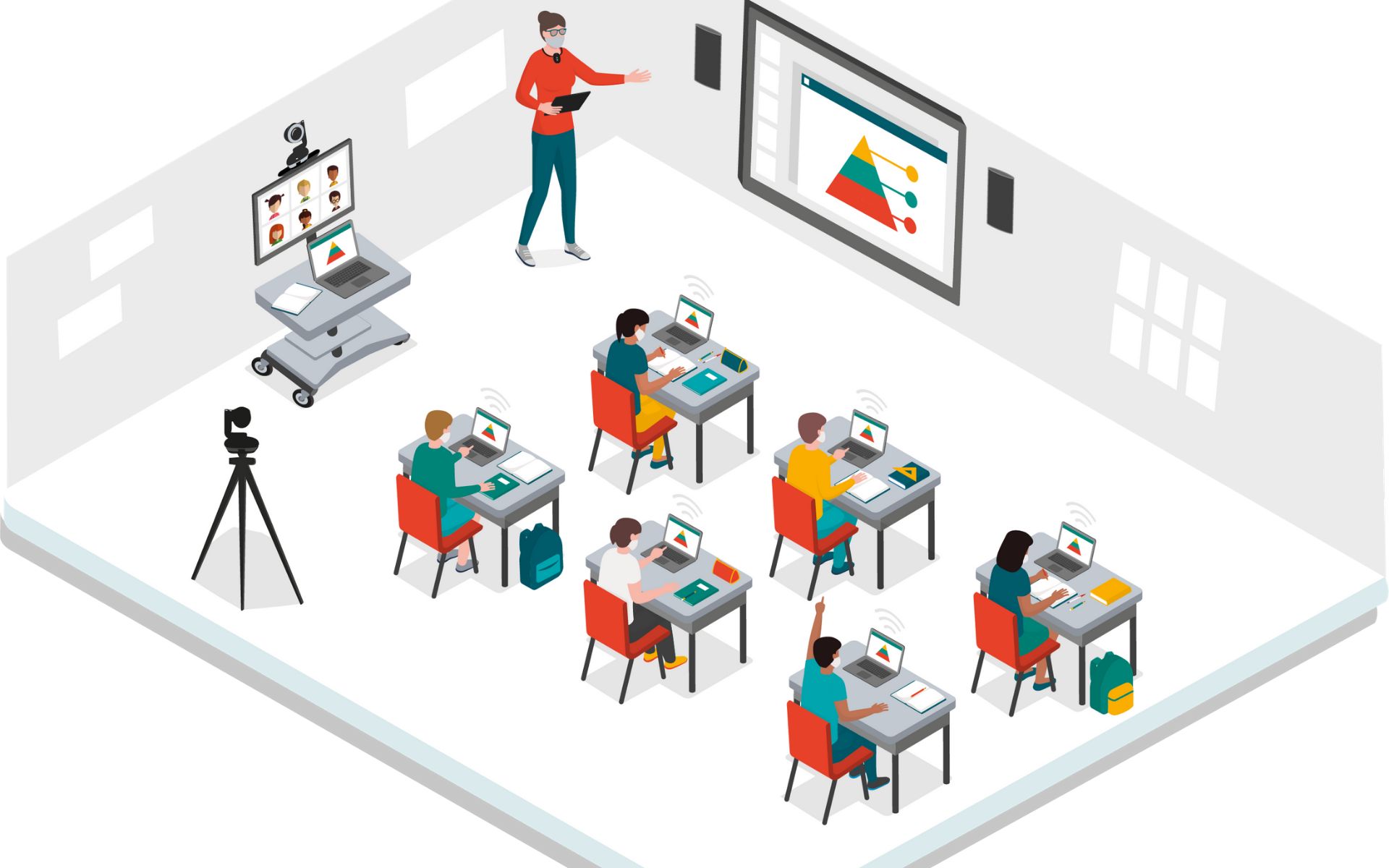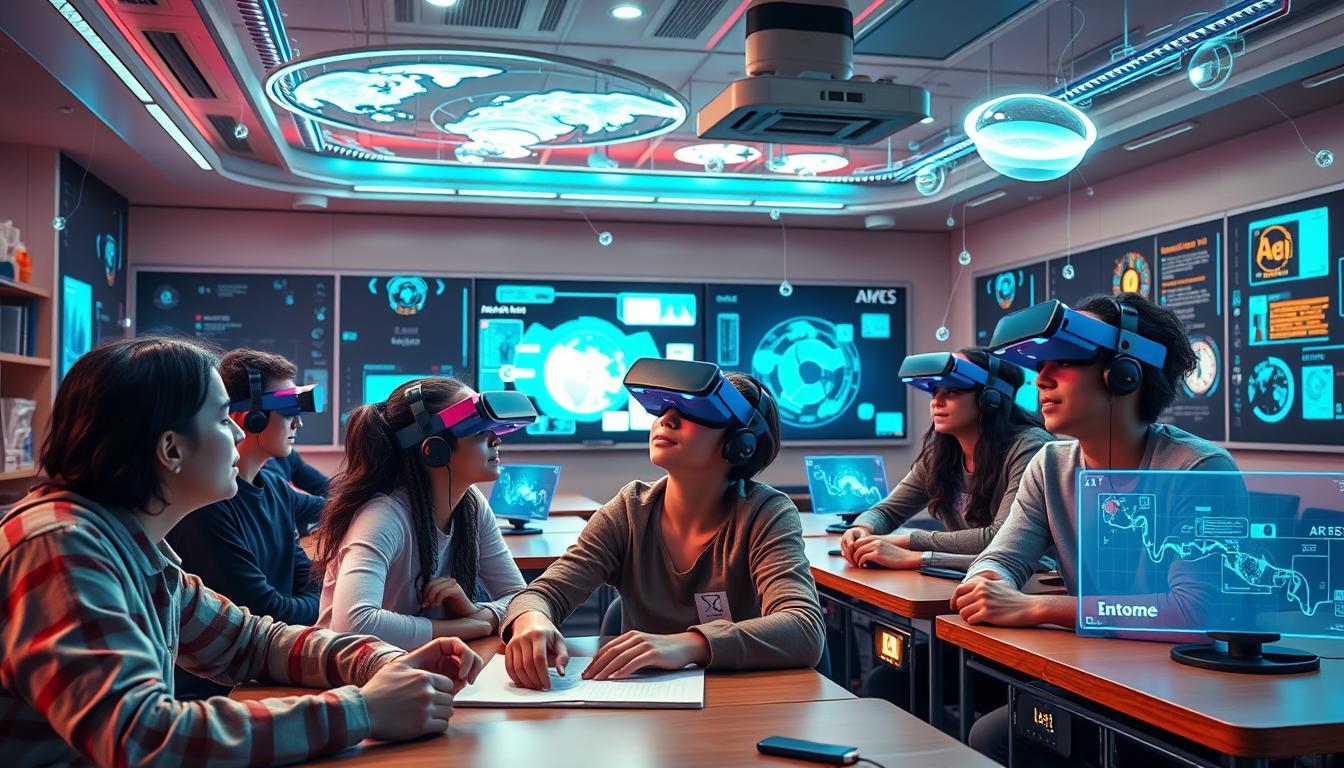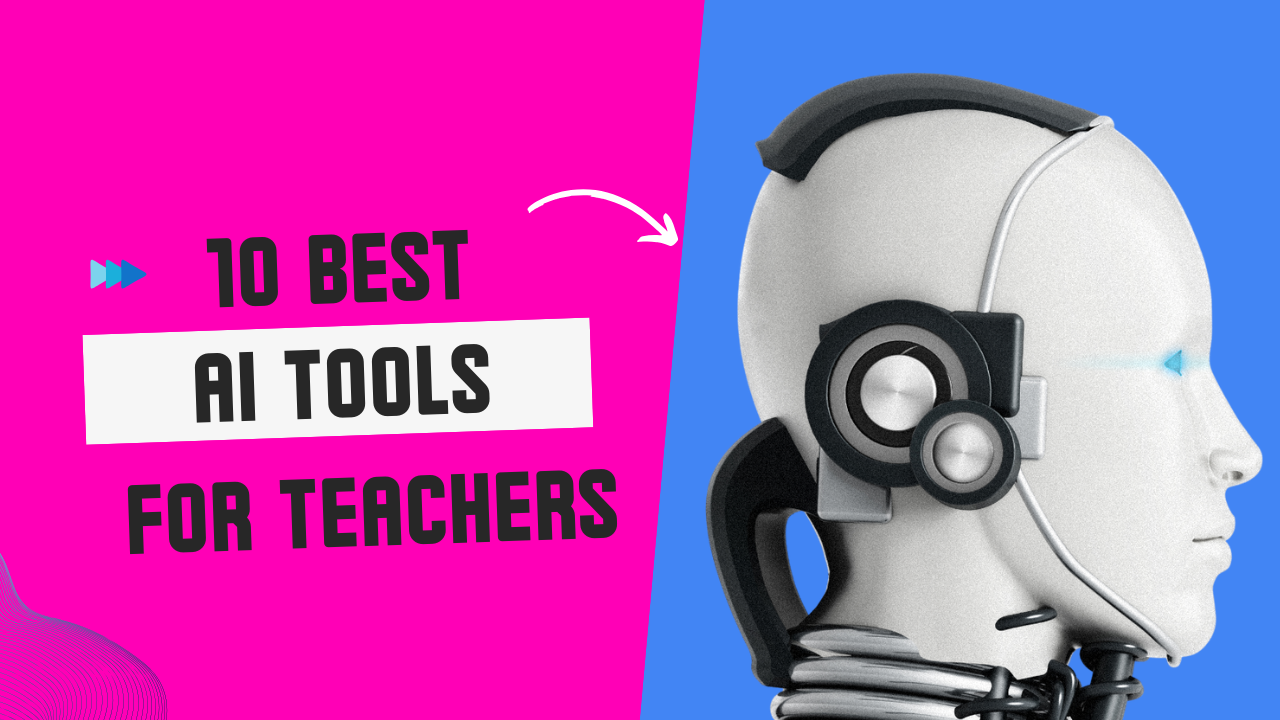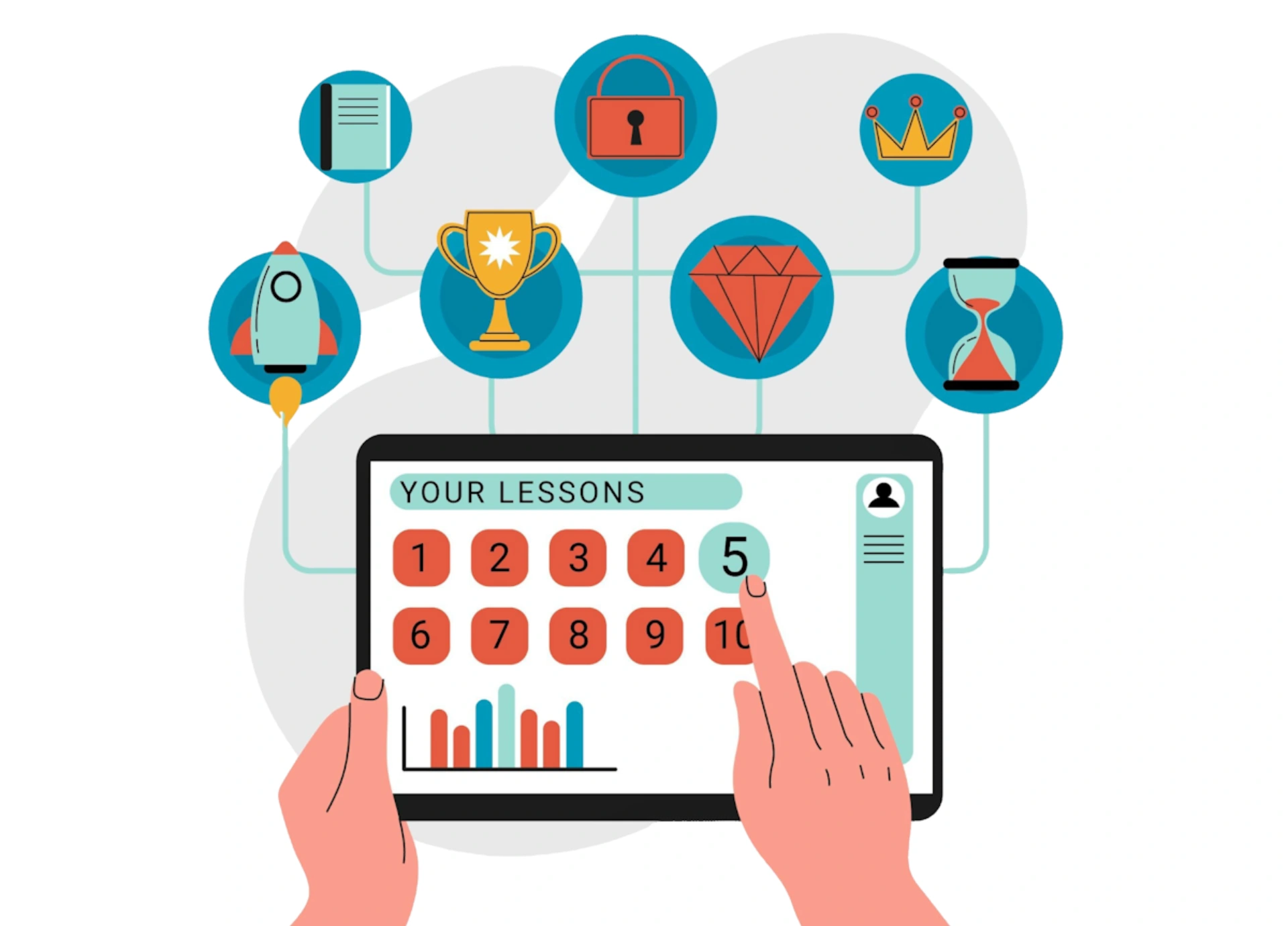
In today’s new education front, there is a surpassing of the traditional teaching processes with more active student-centered processes. Of the new processes, gamification is a highly effective tool as a driver for students and academic success. As schools across the board are adopting the learning needs of the 21st century, gamification offers the solution of hope—blending the enjoyment of games with the seriousness of learning.
Whether they are applied to elementary or high school, integrating game design techniques into courses is likely to turn passive students into active ones. So just what is classroom gamification and why is it picking up steam?
Discover.
What Is Gamification in Education?
Gamification is the use of game design techniques such as points, badges, levels, leaderboards, and rewards outside of games such as in the classroom. Game-based learning uses actual games, while gamification uses motivational factors on existing lessons to trigger engagement and success.
For example, instead of a standard quiz, a teacher might create a “mission” in which students receive stars or level up when they respond correctly. This taps into students’ internal motivation to be rewarded, move forward, and compete.
Why Gamification Works: The Psychology of Gamification
The following psychological principles explain why classroom gamification is such a successful practice:
- Intrinsic motivation: Game systems motivate a learner’s desire to do their best, learn, and improve.
- Feedback immediately: Immediate feedback for students on performance enables quicker adaptation.
- Observing progress: Visual presentation of improvement (like leveling up) gives the satisfaction of accomplishment.
- Safe failure: Gamification offers the chance to try again and identify errors without embarrassment.
Gamification gets the students more involved and learn more in the long run.
Major Advantages of Gamification in Schools
1. Higher Student Engagement
Gamification is enjoyable. It encourages the students to play along, homework and learning becomes a challenge to overcome.
2. Better Academic Outcomes
Research has proven that active classrooms that are gamified perform better on tests and have better rates of retention, particularly in science, math, and language arts.
3. Personalized Learning Pathways
Game-based classes allow students to study at their convenience. Fast learners can move ahead, and slow learners are nudged to catch up without falling behind.
4. Team Work and Social Skills:
Most gamification platforms use group challenges or multi-player capabilities to develop peer-to-peer cooperation, communication, and problem-solving.
5. Behavioral Gains
Gamification is employed to promote good behavior. Rewards for punctuality, attendance, or politeness promote overall student development.
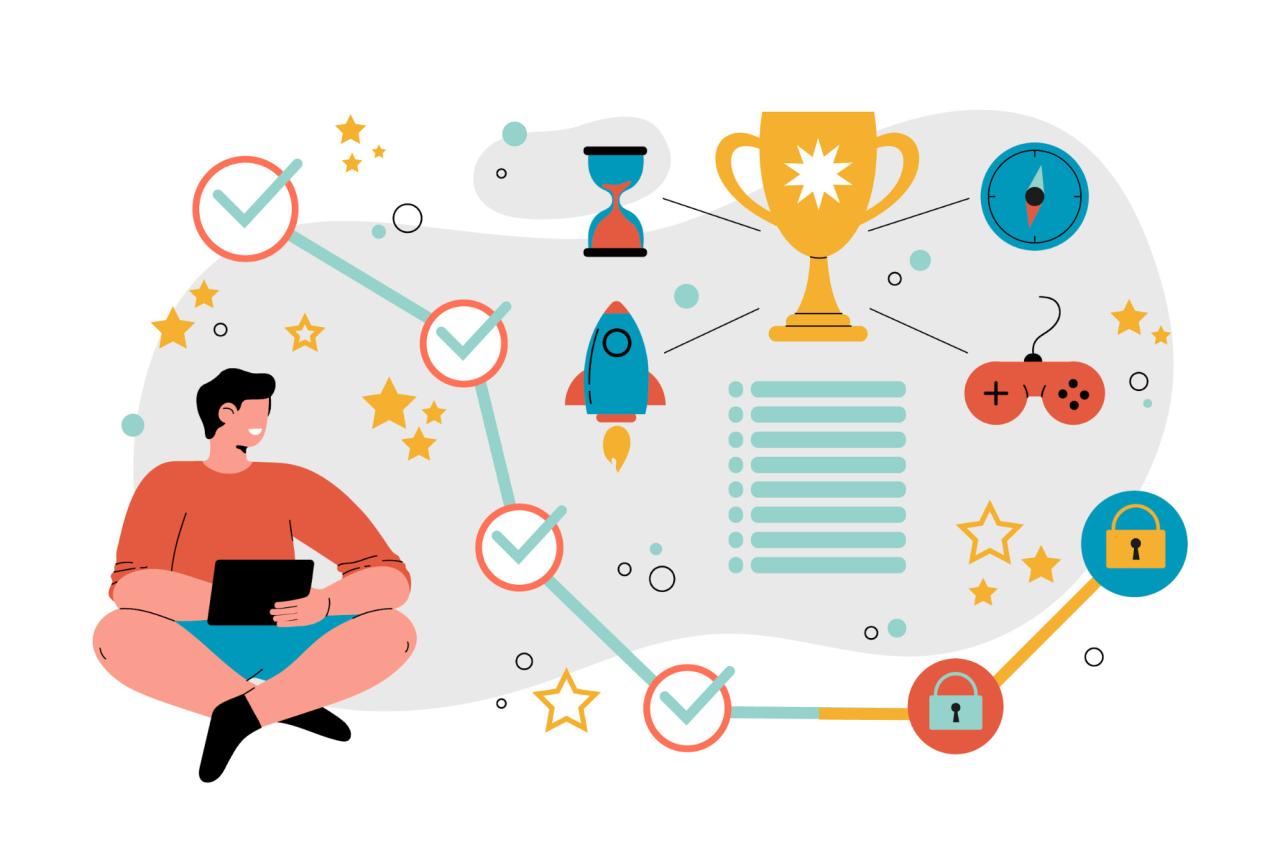
School Gamification Real-Life Examples
- Classcraft: Role-playing website where students create avatars and gain points for doing homework and for good behavior.
- Kahoot!: Quiz website that turns any lesson into a game show.
- Duolingo for Schools: Makes language learning a game with streaks, leaderboard, and virtual rewards.
- Google Classroom + Badging Add-ons: Allows teachers to post virtual badges for rewarding activity completion or milestones.
Challenges & Considerations
Even though gamification has many benefits, it needs to be implemented without excess and superficiality. Gamification should:
- Be directed towards learning outcomes, not learning outcome distractions.
- Be for all, and not leave behind students who won’t be competing.
- Be appropriate for the age, enjoying and being responsible.
Teachers must also be well-trained and hardware-provided to apply gamification effectively across various classrooms.
Future of Gamification in Education
As learning tools go digital, gamification will be next—mixing AI-driven feedback, adaptive issues, and immersive virtual worlds. Already, some edtech platforms are testing VR and AR experiences to make game-based learning viable.
Aside from that, as institutions all across the globe put extra stress on academic accomplishment and emotional intelligence, gamification is the bridge between fun and accomplishment, with the students learning more and having fun learning more.
Closing Thoughts: Making Learning Addictive—in a Good Manner
Gamification is not turning schools into arcades—it’s leveraging the power of game mechanics to education that counts. With more motivation, learning ease for student-centered learning, and cultivating a growth mindset, gamification can transform the nature of how students learn and engage with peers.
And so, as educators continue to search for new ways to unlock young minds, one thing is for sure: the classroom of tomorrow will be half lesson, half adventure—and all fascinating.


